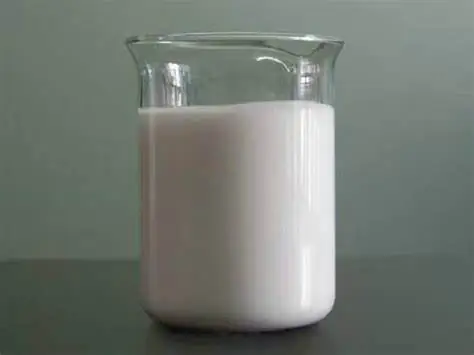The foam scum in the aerobic tank will not only affect the water quality, but also reduce the efficiency of sewage treatment. Understanding the formation reason and classification of foam scum is helpful to solve this problem in time. This article will explain in detail the six types of foam scum and their corresponding treatment methods, to help the wastewater treatment process more efficient.
Why Does Foam and Scum Form?
Foam scum is usually caused by the increased viscosity and surface tension of water during sewage treatment, especially under the action of aeration, air and water mix to form bubbles of various sizes.If the activated sludge is unstable, these bubbles can trap fine sludge particles or flocs, creating floating scum.
The formation of foam scum has the following key factors:
- High concentration of organic matter: High concentration of organic matter will increase the viscosity of water, leading to foam formation.
- Excessive sludge load: Creates a denser mixture, slowing treatment.
- Aging sludge: Releases compounds that encourage foaming.
- Detergents or surfactants: Affect surface tension, promoting bubble formation.

How Does Foam Affect Water Quality?
When the foam scum accumulates on the surface of the tank, it will hinder the normal flow of air, affect the aeration effect, and then affect the nitrification reaction and the activity of microorganisms, and eventually lead to the decrease of the efficiency of sewage treatment.
Classification of foam scum
The formation of foam scum causes complex, but can be classified according to its characteristics, the common types of foam scum are as follows:
- Foam from Aging Sludge
Appearance: Light brown, thin, and spread around aeration areas.
Solution: Use sludge volume index (SV30) and mixed liquor suspended solids (MLSS) tests to diagnose. During processing, the floating slag can be crushed by spraying clean water or adding defoamers.
- Foam from High Sludge Load
Appearance: Thick, sticky, white foam that is hard to break.
Solution: Adjust organic matter levels, increase sludge concentration, or raise the sludge recirculation rate to balance the system.
- Foam from Over-Aeration
Appearance: Old, white, sticky foam that accumulates in certain areas.
Solution:Adjust the dissolved oxygen content, reduce the aeration rate appropriately, and add fire retardant for defoaming
- Foam caused by physical expansion
Appearance: Due to filamentous bacteria expansion, foam presents obvious bubble state and may form large scum
Solution: Maintain DO levels, control sludge load, adjust pH, and apply coagulants or chemical treatments for better sludge settling.
- Foam from Anaerobic or Low-Oxygen Conditions
Appearance: Gray or black foam due to insufficient oxygen, disrupting nitrification.
Solution: Increase DO levels, stir the water to improve oxygen dissolution, and restore proper biological activity.
- Foam from Surfactants and Detergents
Appearance: Excessive foaming caused by soaps or surfactants in the inflow.
Solution: Apply defoamers or spray clean water to break down the foam.
Treatment methods and precautions of foam scum
The key to controlling foam is to identify its type and apply the right treatment:
- Aging sludge foam → Spray water or use defoamers.
- High sludge load foam → Adjust organic levels and sludge recirculation.
- Over-aeration foam →Adjust the aeration rate and reduce dissolved oxygen appropriately.
- Foam caused by physical expansion: adjust oxygen supply and add chemicals.

By following these targeted solutions, foam and scum issues can be effectively minimized, leading to a more stable and efficient wastewater treatment process.
Foam and scum formation in aerobic tanks result from multiple factors such as water viscosity, sludge load, oxygen supply, and external contaminants. Recognizing the different types and their causes allows for effective intervention. Understanding the type and formation reason of foam scum and taking effective treatment methods can help us ensure the normal operation of aerobic tank and sewage treatment tank, improve treatment efficiency and ensure the stability of water quality.
If you find today’s sharing helpful, you may wish to pay attention to our website and continue to get more practical knowledge about sewage treatment!
